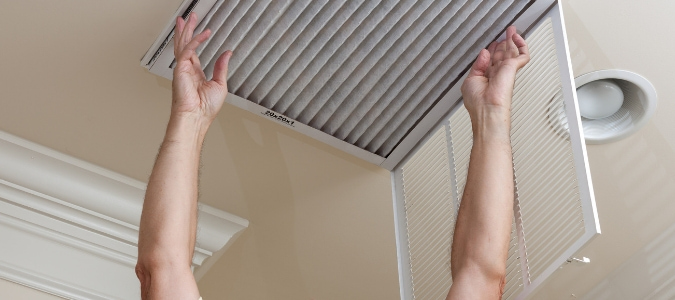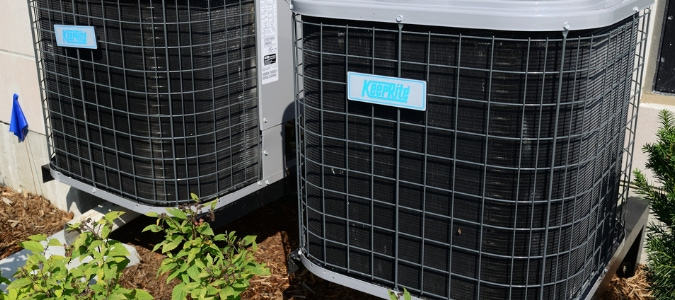Humidifier Benefits: How To Keep Your Home Comfortable

Keeping your home as comfortable as possible can be pretty tricky. Sure, you know that you need a great air conditioner installed in your home and that there will be times during the winter season when you’ll have to run your heater. Other considerations, though, such as the humidity in one’s home, can be easily overlooked.
It can be difficult to know how to control humidity in your home. This is a serious problem, as low humidity is a common issue in homes throughout our area. If you suspect that the air in your home is too dry, whole-house humidifiers can resolve the problem. Read on to learn more about humidifier benefits and why you might consider investing in one for your home.
Minimize Potential Damage To Your Biggest Investment
You may know that very humid air can lead to problems throughout the house, including mold growth. What you may not realize, … Read Full Post »








